Chlorophyll is basically a green elixir that can naturally help treat various kinds of ailments and has shown some sort of benefits when it comes to preventing cancer. In addition to this, it can work wonders for your skin. If you’re wondering where to land it, you’ll find it at most chemists and even online! Now, who thought that the substance responsible for soaking up sun and transforming it into food for plants can help solve a number of skin problems? Well, this just proves that green is good. If you want to know more about the wonders of chlorophyll, keep on reading.
- 1. It’s a wound healer
- 2. It fights acne and clears breakouts
- 3. It nourishes the skin
- 4. It can keep your skin looking young
- 5. It reduces wrinkles
- 6. Natural Chlorophyll
- FAQs about chlorophyll
1. It’s a wound healer

Anytime you suffer from any sort of burn, nick, cut, or scrape, just remember that chlorophyll can help you out. This is because its anti-microbial and anti-inflammatory properties fight germs that are usually the cause of infections. Chlorophyll's alkaline formulation is great when it comes to combating Candida albicans, a kind of yeast that usually infects wounds.
2. It fights acne and clears breakouts

Chlorophyll helps create an environment that is inhospitable to the growth of germs. As pimples are basically made up of dead skin, oil, and bacteria, chlorophyll helps fight breakouts, and also helps reduce skin inflammation. This is why, a number of anti-bacterial soaps and anti-blemish products consist of chlorophyll. Furthermore, chlorophyll is extremely rich in antioxidants, which is why it cleanses the blood, and reduces the occurrence of breakouts.
3. It nourishes the skin

The centre atom in chlorophyll’s molecular structure is magnesium. Magnesium helps get oxygen to the tissue and cells present in our skin. It is also necessary for the metabolism of vitamin C—a vitamin that’s extremely important for the nourishment of our skin. What’s more, skin problems such as redness and itchiness have been linked to low levels of magnesium. In addition to this, low magnesium levels also lower the levels of fatty acids, which lead to dry, inflamed skin with reduced elasticity.
4. It can keep your skin looking young

Our bodies need certain nutrients to nourish our skin, and keep it looking healthy and young. These nutrients include vitamins A, C, E, and K—and chlorophyll is extremely rich in all of them! That's why, if you add chlorophyll to your beauty routine, you will also add the nutrients that revitalize and rejuvenate your skin.
5. It reduces wrinkles
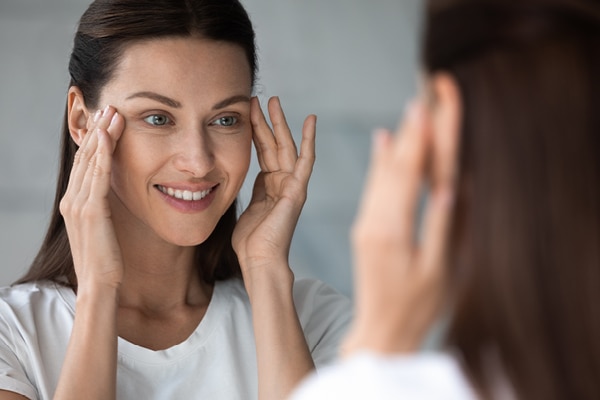
Want to age gracefully? Try adding chlorophyll to your beauty regimen. The main causes of fine lines, dark spots, and wrinkles are oxidization and sun damage. As chlorophyll is abundant in antioxidants that protect the skin, it is a sort of natural sunscreen. After all, chlorophyll has the ability to absorb light, which is precisely why it can help protect your skin from the sun’s harmful UV rays. However, it’s important for you to know that although chlorophyll is great when it comes to protecting your skin from the sun, it is not a replacement for sunscreen, as it isn’t enough to keep your skin protected while you’re sunbathing on a beach.
6. Natural Chlorophyll
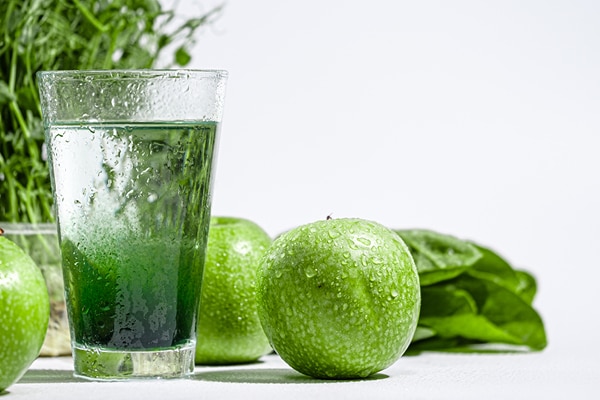
While you can easily find chlorophyll supplements at the chemist’s or an online store, you can also make your own natural liquid chlorophyll. Don’t believe us? Well, here is how you can make it on your own. Try it for yourself!
What do you need?
- 80 grams picked parsley leaves
- 6 cups water
How to make it?
- Wash and dry the parsley leaves properly.
- Next, use a blender or mixer to blend the leaves with water and process it for a few minutes until a bright green liquid is formed.
- Strain this liquid through a fine sieve and transfer into a saucepan. Keep the heat low and stir constantly until you see green particles rising to the surface. Stir slowly, that is very important.
- When ready, pour this into a container along with some ice cubes and store it in the fridge to cool.
- When cold, pour the mixture through a muslin-lined sieve slowly. Once drained, you can discard the water. This should give you about two tbsps. of chlorophyll.
- Scrape as much of the green paste that is remaining on the muslin as possible and stores in an airtight container in the fridge. Use it up within a week; do not store it for a longer period.
You can then use this homemade chlorophyll for a tasty smoothie recipe, or even drink it as it is. One teaspoon of liquid chlorophyll can be consumed daily. While you can prepare liquid chlorophyll, plants that are fresh and green are also a good source of chlorophyll. This includes vegetables and herbs such as:
- wheatgrass
- spinach
- peas
- green beans
- arugula
- leeks
Among these, raw spinach contains the highest amount of chlorophyll. One cup of raw spinach contains about 24 mg of chlorophyll, while one cup of parsley has about 19 mg of chlorophyll. The rest of the greens contain an approx. of 4 to 15 mg per cup. Remember, your best source of chlorophyll will come from veggies and herbs that are green, inside and out. Veggies that are green on the outside but white on the inside contain a smaller amount of chlorophyll.
FAQs about chlorophyll
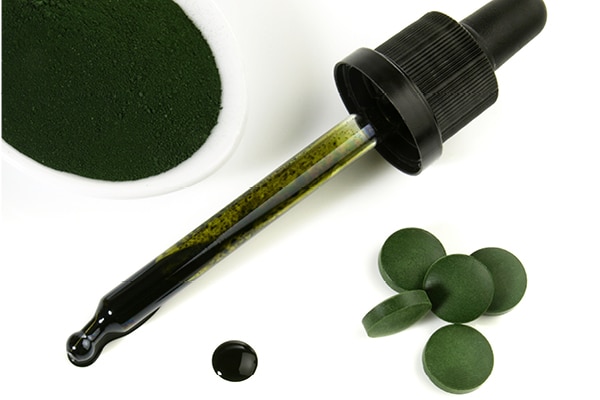
1) Can drinking chlorophyll reduce acne?
A. Yes, the anti-inflammatory properties of chlorophyll combined with its high content of antioxidants create an inhospitable environment for germs, thus helping reduce acne.
2) What are the side effects of chlorophyll?
A. Natural chlorophyll isn’t toxic, however, there could be possible side effects such as digestive problems, diarrhea and discoloration of the feces.
3) Can you drink chlorophyll everyday?
A. Consuming 1 teaspoon of liquid chlorophyll everyday is safe. However, it is recommended that you start with a lower dose and then slowly increase.

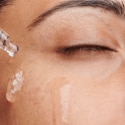
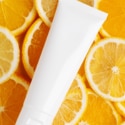






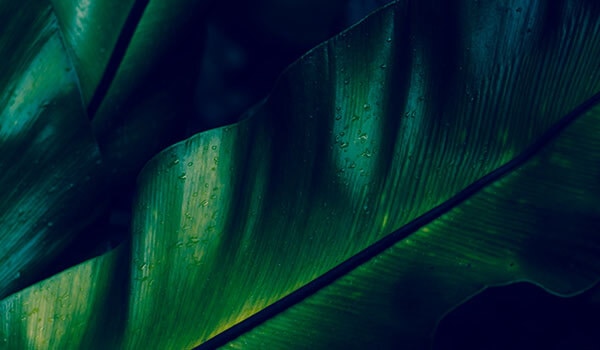




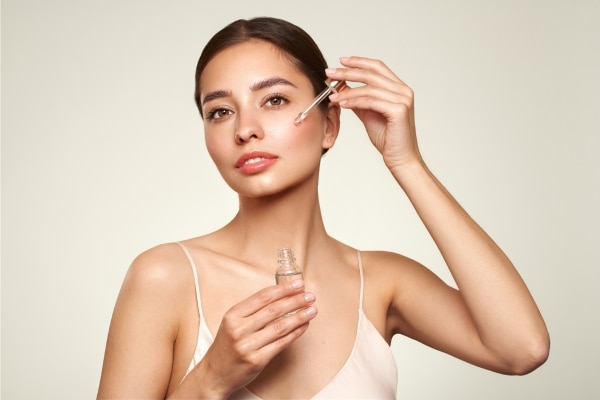

 Privacy Notice
Privacy Notice
Written by Vishwa Khare on 29th Apr 2018